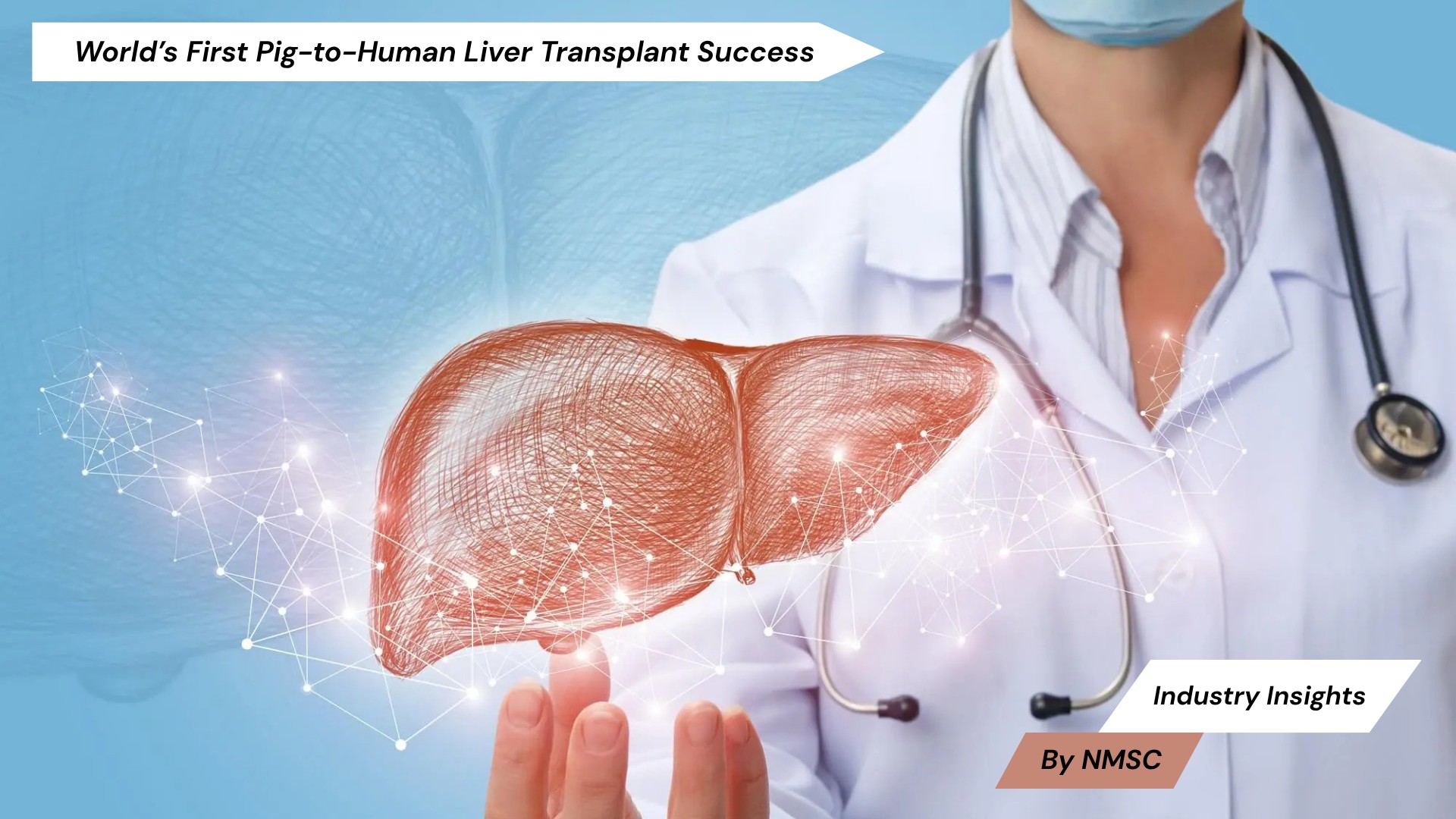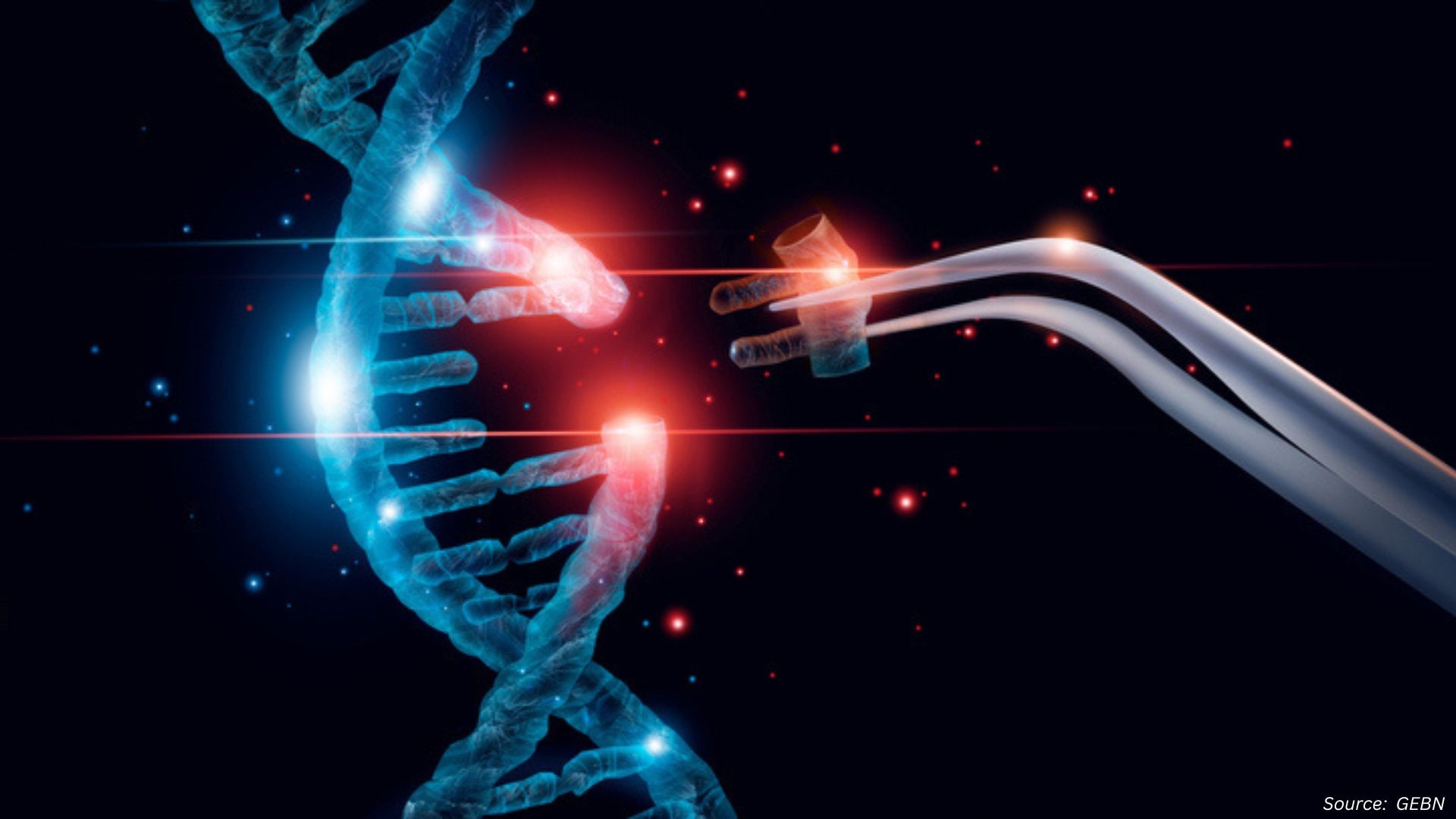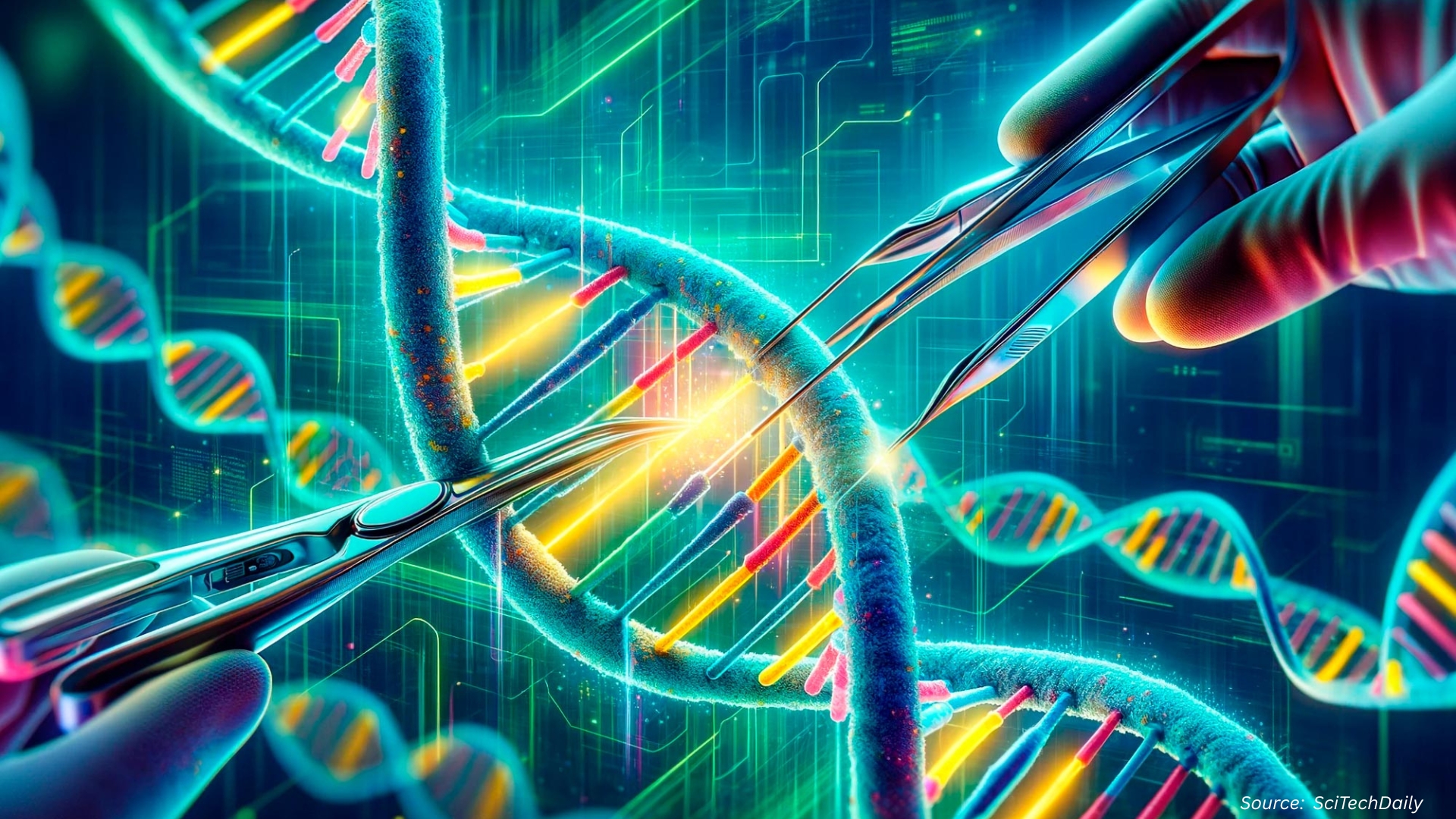Spain Early Toxicity Testing Market is expected to reach USD 98.7 million by 2030
Published: 2025-06-02
The government-led healthcare advancements are driving up demand for the Spain early toxicity testing market during the forecast period.
Spain Early Toxicity Testing Market was valued at USD 46.7 million in 2024, and is predicted to reach USD 98.7 million by 2030, with a CAGR of 13.3% from 2024 to 2030, according to new research by Next Move Strategy Consulting.
Market growth is being propelled by the expansion of government endeavors aimed at advancing the healthcare sector. These initiatives encompass the establishment of a universal healthcare system, augmented healthcare budget allocations, the provision of telemedicine services, heightened emphasis on research and development, and a focus on disease prevention and early detection.
For instance, according to the La Moncloa of Spain, the government announced to strengthen the country’s health system that includes increased funding for development of medicines and vaccines, new health centers and hospitals, recruitment of more healthcare professionals, and investment in technology and infrastructure. According to a report by the Spanish Association of Medicines and Health Products (Farmaindustria), the pharmaceutical market in Spain grew by 2.8% in 2020, reaching a total value of USD 24 billion.
However, stringent regulations set by regulatory bodies such as the US FDA and the EMA require extensive and rigorous testing for drug development and safety, which can be time-consuming and expensive and restrain growth of the market. The complexity and cost of complying with these regulations can pose a significant challenge for small and medium-sized companies that may not have the resources to carry out extensive testing. As a result, some companies may choose to delay or abandon drug development projects, which can limit demand for early toxicity testing services.
On the other hand, introduction of new technologies such as in-vitro modelling using 3D cell culture is expected to provide new lucrative opportunities for the early toxicity testing market during the forecast period. Use of 3D cell cultures can better mimic complexity of tissues and organs, providing more accurate and reliable results for toxicity testing. Traditional 2D cell culture models are limited in their ability to mimic complexity of human tissues and organs, often leading to inaccurate and unreliable results in toxicity testing.
Furthermore, use of 3D cell culture models can better mimic structural and functional complexity of tissues and organs, providing more accurate and reliable results for toxicity testing. 3D cell cultures allow growth and interaction of multiple cell types, creating a microenvironment that more closely resembles human tissues and organs. This can better predict toxic effects of drugs and chemicals in the human body, reducing the risk of adverse effects in clinical trials. Hence, such factors propel the ETT market growth.
Request for a Sample PDF on the Spain Early Toxicity Testing Market
According to the report, leading players in the Spain early toxicity testing market include Merck KGaA, Laboratory Corporation of America Holdings, Medpace, Thermo Fisher Scientific, Charles River Laboratories International, Inc., Eurofins Scientific, PerkinElmer, Inc., Bio-Rad Laboratories, Inc., Agilent Technologies, Inc., Bruker Corporation, ICON plc, Premier Research, Hangzhou Singclean Medical Products Co., Ltd., ReadyCell, S.L., Linical Co. Meditrial, and others.
Key Insights from the Spain Early Toxicity Testing Market Report:
-
The information related to key drivers, restraints, and opportunities and their impact on the Spain early toxicity testing market is provided in the report.
-
The value chain analysis in the market study provides a clear picture of the roles of each stakeholder.
-
The market share of players in the Spain early toxicity testing market is provided in the report along with their competitive analysis.
















Add Comment